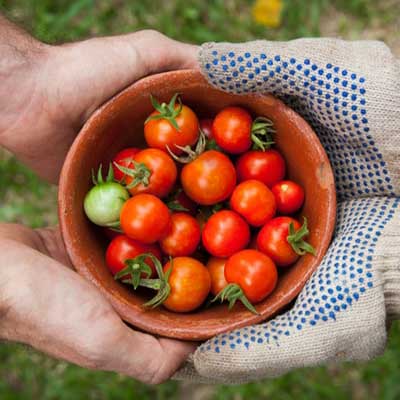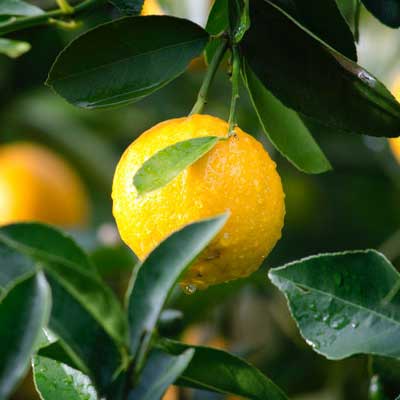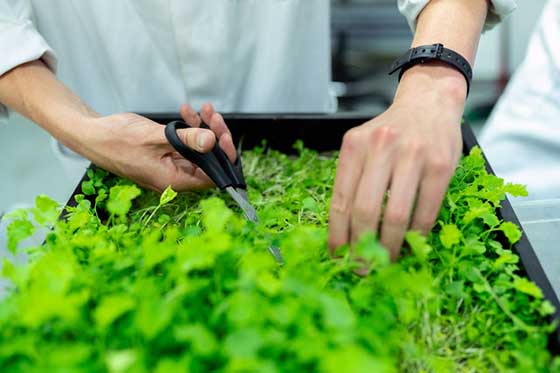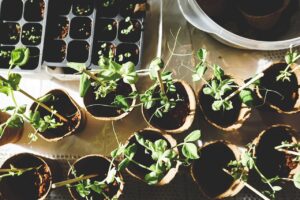Welcome to
New Market Gardens
At New Market Gardens, we prioritize your well-being by ensuring our produce is grown using chemical-free methods, so you can enjoy nature’s goodness without any harmful additives.
Our Produce
Indulge in the delectable flavors of our fresh and healthy offerings, carefully harvested to provide you with the highest quality fruits, vegetables, and herbs, straight from our farm to your table.

Vegetable

Fruit

Dairy
Our Story
Supply The Best Organic Products
New Market Gardens was born out of a shared passion for healthy living and sustainable farming practices. It all started with a vision to create a place where people could reconnect with nature and have access to fresh, organic produce. The founders both came from diverse backgrounds but shared a common dream of bringing wholesome food to their community. After years of research and planning, they embarked on a journey to establish a farm that would be a haven for natural, sustainable agriculture.

Chemical-Free
Fresh & Healthy
100% Organic
Our Farm
The Home For Our Farm.
Natural. Sustainable.
New Market Gardens is the home for our farm, where we cultivate our crops naturally and sustainably. We believe in harmonizing with nature to produce food that nourishes both the body and the soul.
- Nutrient film technique
- Propagation systems
- Medical crop systems
- Electronics & lighting
- Nutrients & additives
- Heated propagator
- Propagating material
- Automatic vent-opener
Our Recent Posts
Subscribe To Get Special Offer
Subscribe to our newsletter to receive exclusive special offers and stay up-to-date with the latest happenings at New Market Gardens. Join our community and embark on a flavorful and sustainable culinary journey.




